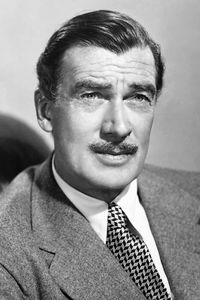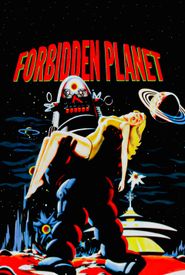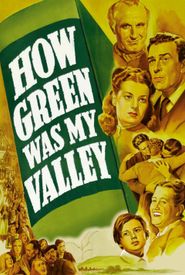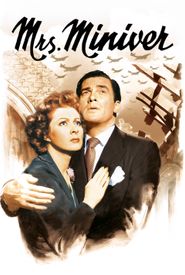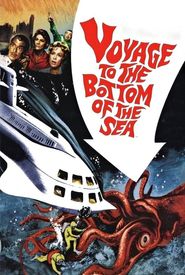Walter Pidgeon, a dashing, statuesque, and dark-haired individual, embarked on his professional journey by studying voice at the prestigious New England Conservatory of Music in Boston. He subsequently transitioned to the world of theater, primarily focusing on stage musicals.
In the early 1920s, Pidgeon made the bold decision to venture to Hollywood, where he began his career in silent films, including the notable Mannequin (1926) and The Girl from Rio (1927). When talkies emerged, Pidgeon adapted to the new medium by starring in musicals, although he failed to receive top billing or recognition for his efforts.
In 1937, MGM took notice of Pidgeon's talent and signed him to a contract, initially casting him in supporting roles and "the other man" parts, such as in Saratoga (1937) opposite Jean Harlow and Clark Gable, and in The Girl of the Golden West (1938) alongside Jeanette MacDonald and Nelson Eddy. Despite the success of these two films, Pidgeon's contributions went largely unnoticed.
MGM loaned Pidgeon to Fox, where he finally received top billing in the critically acclaimed How Green Was My Valley (1941). Upon his return to MGM, the studio attempted to provide him with more substantial roles, pairing him with his frequent co-star Greer Garson. However, Garson seemed to overshadow Pidgeon in films like Blossoms in the Dust (1941) and Mrs. Miniver (1942),although Pidgeon did receive an Academy Award nomination for his role in the latter film.
Pidgeon remained a staple at MGM throughout the mid-1950s, appearing in films such as Dream Wife (1953) and Hit the Deck (1955) alongside Jane Powell and old friend Gene Raymond. In 1956, Pidgeon took a hiatus from the screen to pursue his passion for theater, but he eventually returned to film in 1961.
Pidgeon ultimately retired from acting in 1977, his career marked by several strokes that ultimately led to his passing in 1984.
